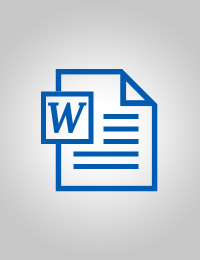
Evaluation Report: “Mainstreaming Climate Change Adaptation and Disaster Risk Reduction in Development Planning in Thailand (MADRiD)" Project
Output 5.4. Preparedness systems in place to effectively address the consequences of and response to natural hazards (e.g. geo-physical and climate related) and man-made crisis at all levels of government and community
Goal 1. End poverty in all its forms everywhere
Goal 13. Take urgent action to combat climate change and its impacts
1.5 By 2030, build the resilience of the poor and those in vulnerable situations and reduce their exposure and vulnerability to climate-related extreme events and other economic, social and environmental shocks and disasters
13.1 Strengthen resilience and adaptive capacity to climate-related hazards and natural disasters in all countries
13.2 Integrate climate change measures into national policies, strategies and planning
1: Crisis Prevention & Recovery
2: Others


